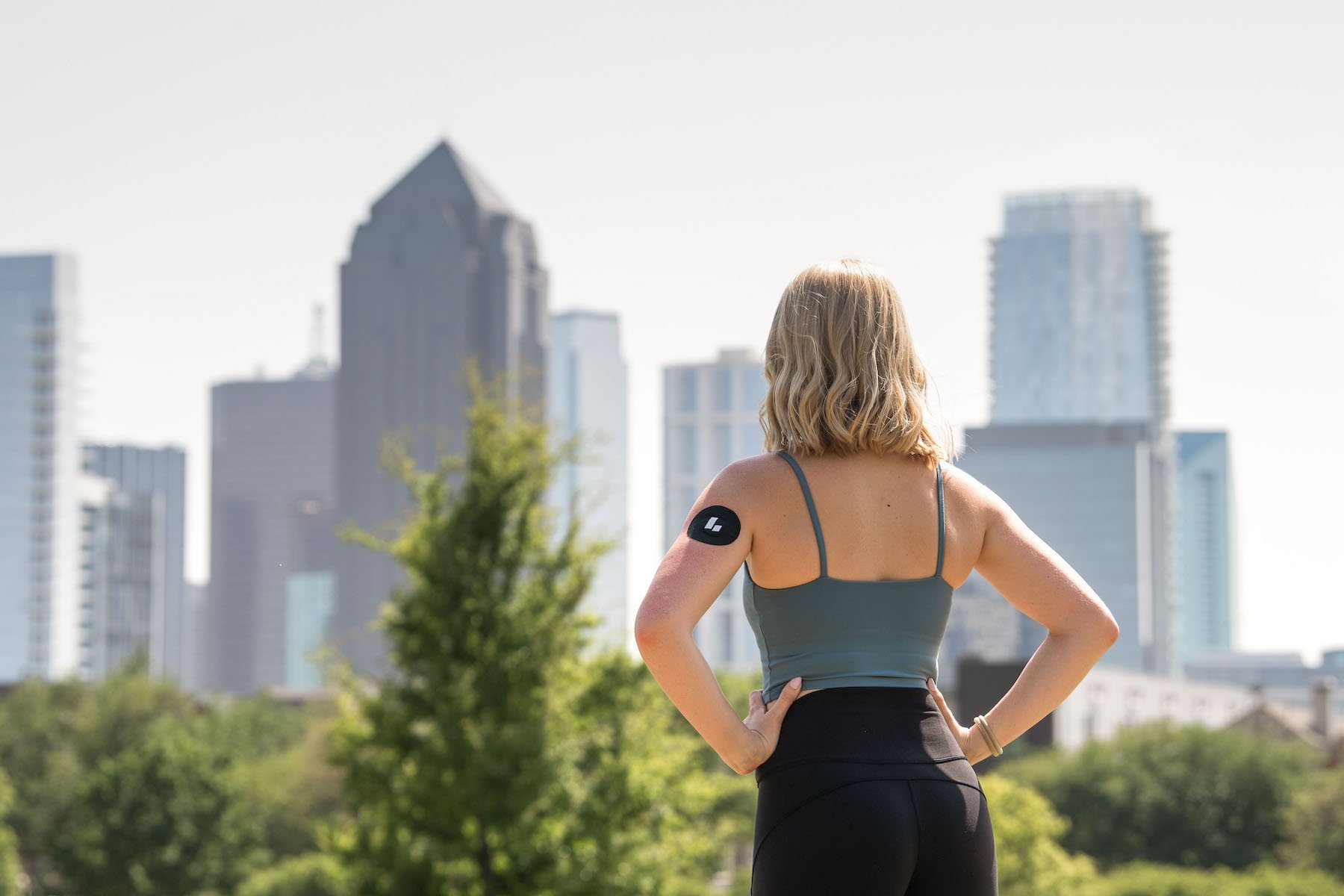The following article is an excerpt from Why We Get Sick by Levels advisor Ben Bikman, printed here with permission. Why We Get Sick is a ground-breaking book on insulin resistance, one of the most prevalent undiagnosed conditions in the world. The book connects the dots between insulin and several major illnesses and offers practical advice for turning around the epidemic of insulin resistance. Here, Bikman examines how insulin drives skin problems.
Skin is composed of many different types of cells, each with a distinct function. The skin is also surprisingly insulin responsive. You may have heard that diabetes causes skin issues—people who have diabetes tend to have extremely dry, itchy skin; are prone to frequent skin infections; and can have trouble healing wounds. While these complaints generally stem from high blood glucose and/or poor circulation, there are in fact several skin pathologies related to changes in insulin. Many of them can develop well before adulthood.
Acanthosis Nigricans
Acanthosis nigricans can be the first sign that someone has insulin resistance. The condition involves overactive melanocytes. These are cells embedded in the skin that create a molecule called melanin—the stuff that provides the pigment or tone of the skin. Darker skin has more melanin, and lighter skin has less.
“People with psoriasis are almost three times more likely than normal to be insulin resistant.”
Like all cells of the body, melanocytes are sensitive to insulin; high blood insulin makes the melanocytes overactive, ultimately increasing melanin production to the degree that the skin takes a darker-than-normal tone.(1) However, this isn’t an alternative for a fake tan! This darkening occurs most often where the skin rubs together, such as the neck, armpits, and groin, but it can also appear as large patches anywhere on the trunk, arms, legs, or face. These pigment changes are usually noticeable on all skin colors, though they may be more obvious on individuals with lighter complexions. (Importantly, dark patches in the mouth are a potential sign of a melanoma—a cancer of the melanocytes.)
Anyone with insulin resistance, including people who are obese or have type 2 diabetes, is more likely to see the skin changes of acanthosis nigricans. Moreover, it can develop at any age, affecting even insulin-resistant children.
Skin Tags
Have you ever wondered about those small little flaps of skin you might have or have seen on others? Known formally as “acrochorda” and informally as “skin tags,” these little bumps are frequently seen with acanthosis nigricans and, hence, usually occur in the same distinct areas (neck, armpits, groin). People with insulin resistance are much more likely to develop skin tags compared with insulin-sensitive counterparts.(2) The connection between insulin resistance and skin tags is likely a result of hyperinsulinemia stimulating the growth and division of keratinocytes—a cell that provides structure to the skin.
Psoriasis
Psoriasis is a chronic inflammatory skin disease, usually manifesting as psoriasis vulgaris—well-defined sections of reddish or pinkish skin covered by white or silvery scales. Psoriasis often develops on the elbows and knees, scalp, or midsection. It can develop at any age, though most often between adolescence and age 35.
We don’t know exactly what causes psoriasis, though it seems that the immune system and genetics are involved. That said, there’s an insulin connection. People with psoriasis are significantly more likely to have metabolic complications, such as insulin resistance.(3) In fact, the connection is sufficiently strong that people with psoriasis are almost three times more likely than normal to be insulin resistant.(4)
Acne
While often prominent during teenage years, acne, which can occur throughout adulthood, is typified by excessive comedones (blackheads or whiteheads) on the face, neck, back, or elsewhere. Whether they’re lean or overweight, people with acne have higher fasting levels of insulin in the blood compared with people without acne. One study looked at the connection between insulin resistance and acne by giving young men with and without acne a glucose solution to drink. Remarkably, insulin levels spiked over four times higher in overweight participants with acne and more than doubled in lean ones with acne.(5)
So much of what we’ve discussed is devoted to highlighting the serious and potentially life-threatening consequences of insulin resistance. While those deserve attention, they’re also hard to see—you can’t see plaques developing in your brain or your blood pressure climbing, but you can see changes in your skin.

How to get healthy skin with continuous glucose monitoring (CGM)
Controlling glucose levels with diet and lifestyle interventions can reduce damaging processes like glycation and oxidative stress, which can improve skin health.
Read the Article
- Flier, J.S., Metabolic importance of acanthosis nigricans. Arch Dermatol, 1985. 121(2): p. 193-4.
- Kahana, M., et al., Skin tags: a cutaneous marker for diabetes mellitus. Acta Derm Venereol, 1987. 67(2): p. 175-7.
- Davidovici, B.B., et al., Psoriasis and systemic inflammatory diseases: potential mechanistic links between skin disease and co-morbid conditions. J Invest Dermatol, 2010. 130(7): p. 1785-96.
- Pereira, R.R., S.T. Amladi, and P.K. Varthakavi, A study of the prevalence of diabetes, insulin resistance, lipid abnormalities, and cardiovascular risk factors in patients with chronic plaque psoriasis. Indian J Dermatol, 2011. 56(5): p. 520-6; Boehncke, S., et al., Psoriasis patients show signs of insulin resistance. Br J Dermatol, 2007. 157(6): p. 1249-51.
- Del Prete, M., et al., Insulin resistance and acne: a new risk factor for men? Endocrine, 2012. 42(3): p. 555-60.






